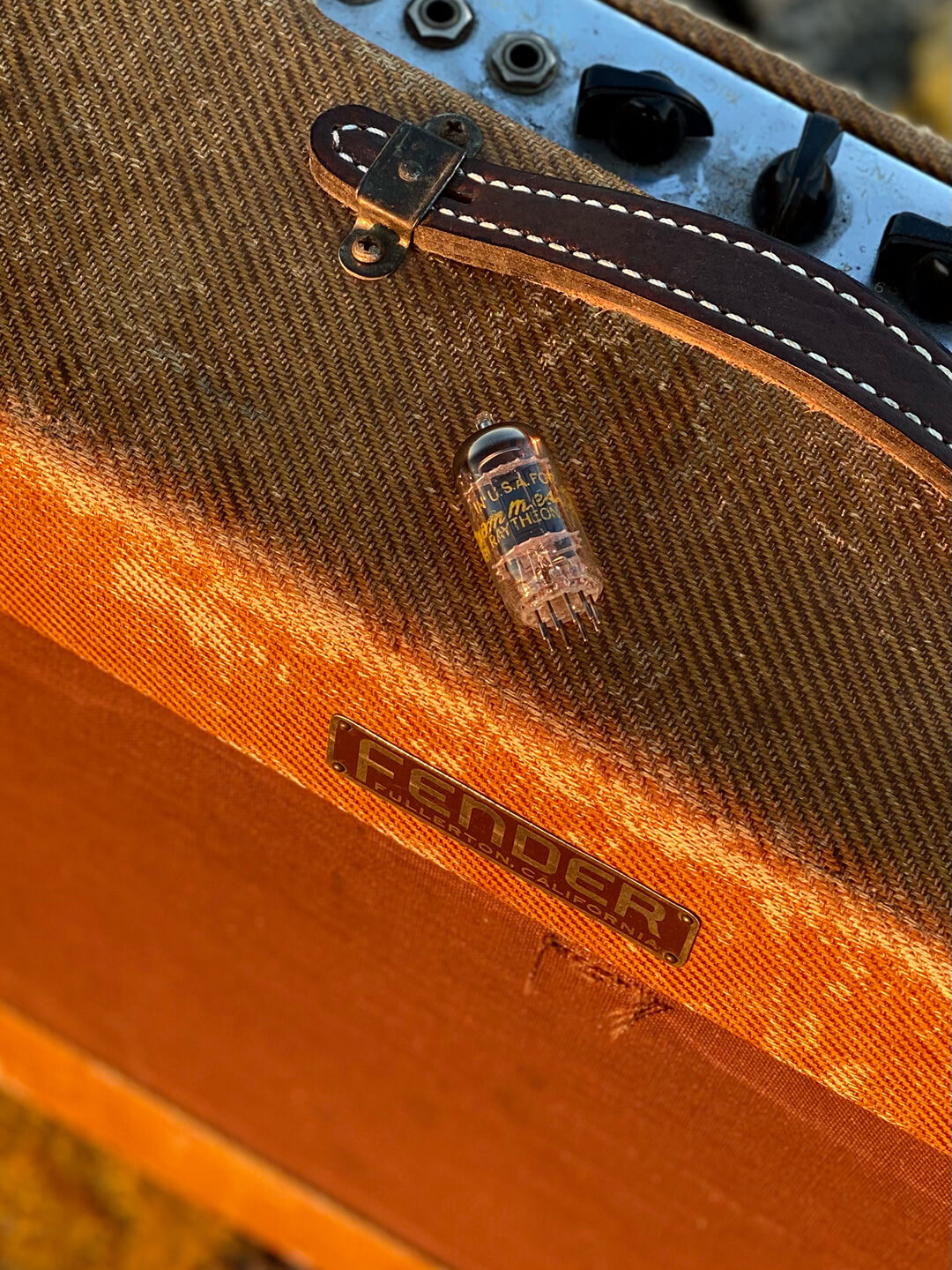If you are just getting into vacuum tube amplifiers or simply looking to maintain an amp you have owned for years, when considering what brand of valves to buy there is something you should know about modern vacuum tubes: they often suck, and yes, vintage tubes are really better.
That’s right, we said it, modern tubes, for the most part, are just no good compared to their vintage counterparts. Modern tubes have shorter life spans, sound worse, and are made by sweatshop labor. So why do so few companies have the courage to make these assertions? Because they sell those products, of course, and business 101 says you do not speak poorly of the products you sell.
At Fuzz Audio, we refuse to nitpick tonal characteristics and manufacturing quality when the first issue we have with modern valves has to do with the factory locations. Russia and China are the only countries producing large quantities of tubes these days, and these countries are not known for protecting the rights of workers, to say the least.
When the vacuum tube was invented, the manufacture of tubes involved the leading technologies of the time. It allowed radio and other electronics to flourish, and all of major electronics brands, around the world, competed to create the quietist, most powerful, most accessible, and smallest vacuum tubes. Factories employed top engineers and scientists to not only invent glorious valves but also to oversee the manufacturing process to ensure quality was achieved. Check out this video from 1948 explaining the “Bottle of Magic” by Western Electric:
Now compare that to modern day, where the market has been reduced to the niche corner of guitar and HiFi amplifier use, and manufacturers compete to make the cheapest tubes. Unfortunately, the easiest way to make inexpensive tubes is to locate factories where the labor force is exploited and oversight does not exist. The tables below list the two factories that produce most of the new valves currently on the market.
Unsurprisingly, when tube manufacturers cut corners to save money, quality is sacrificed. Tone aside, modern vacuum tubes go bad at a much faster rate than do vintage tubes, and that alone is a reason to go vintage. We know this because we often sell to folks who are replacing faulty new tubes. Moreover, we test hundreds of tubes that are sixty years old with only around a ten percent rejection rate. Once tested good, vintage tubes rarely go bad unless they are abused. In comparison, we see the same rejection rate, or worse, in tubes that are only a few years old or even brand new. Under stress these new tubes can fail within a year.
When deciding what tubes to buy, longevity or lifespan should always be taken into consideration, especially if you use your amplifier (or other tube device) frequently or plan to keep it for an extended period of time. This is especially important if you are a professional musician who needs an amp to be reliable. We have had countless customers complain that they have had to replace the 5AR4/GZ34 in their Deluxe Reverb several times within a ten-year period, because the modern versions kept failing. On the other hand, we have never had one of our vintage 5AR4’s returned because of failure. They are known to last decades even under heavy loads.

Our third and final reason we disapprove of modern tubes is that they lack the tonal complexities of vintage tubes. It is a bit of a mystery, but modern tubes do not sound as good as their vintage counterparts. It could because of a drop in the quality of manufacture, but tube designs have also changed over time, and these changes seem to have an impact on tonal quality.
If you are worried about the price of vintage valves, you might be surprised to know that we carry several options that are close to the price of modern tubes. We guarantee all of our vintage tubes to outperform and sound better than any tube made after 1990.
Although vintage tubes are better in pretty much every way, some HiFi and guitar applications call for tubes that can cost thousands of dollars each. In these circumstances, it is often a good idea to look at modern tubes if your budget does not allow for vintage. Take for example, a Western Electric 300b, which can cost upwards ten thousand dollars for a pair. It’s best not to install those in an amplifier that is only worth 4k or less.
To our benefit, vintage manufacturers raced to create better and better vacuum tubes, and by the mid ’60s manufacturers had perfected the art. These tubes were strong, long lasting, quiet, warm, full, and articulate in tone. In contrast, nowadays companies compete to create the cheapest tubes, locating factories in developing nations so they can pay workers little for hard, repetitive work.